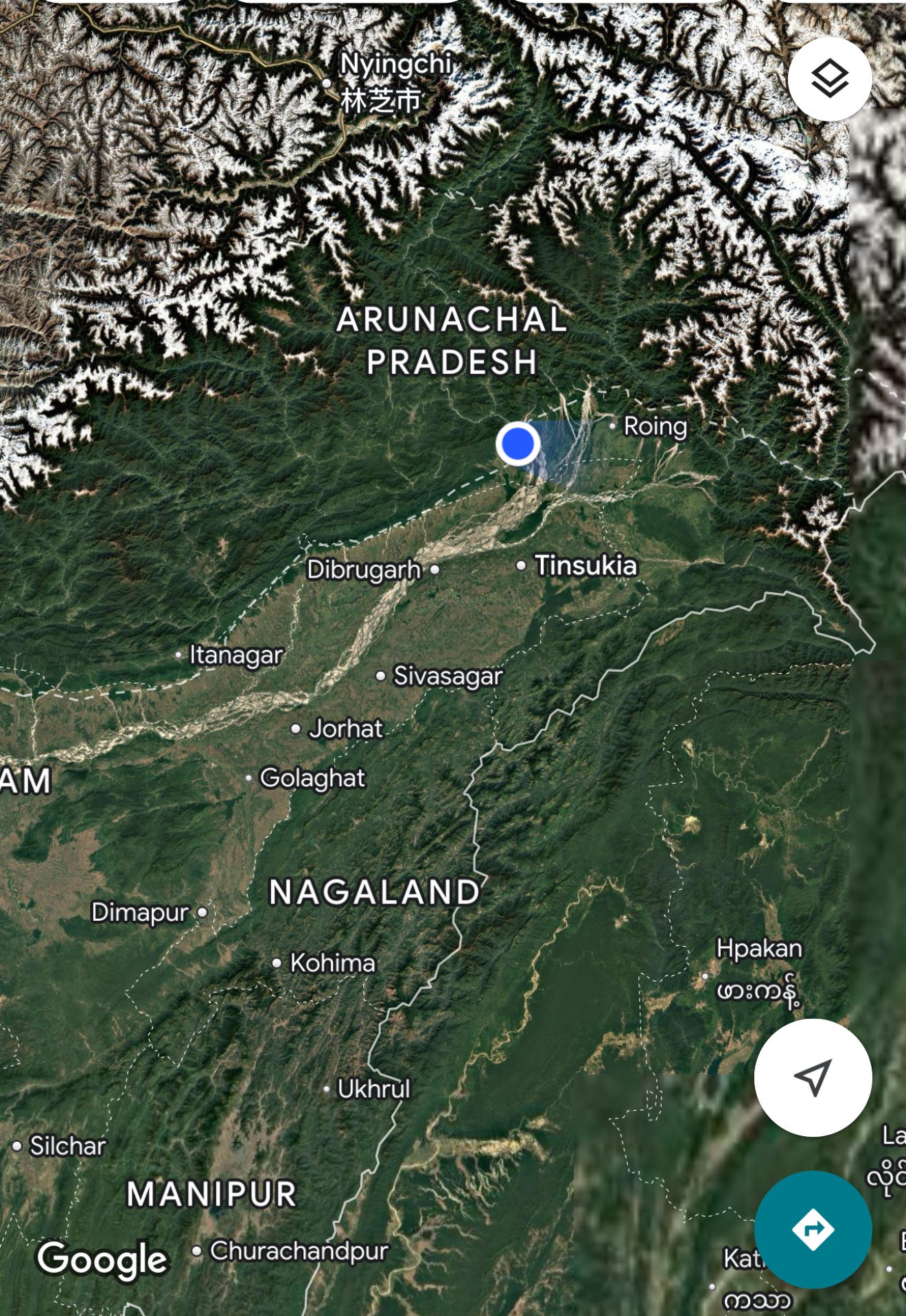Trips to Nagaland and Myanmar and The Greatest Battle
Good news! I’ve agreed with Sampan Travel to undertake another trip to Nagaland/Manipur/Arunachal Pradesh in November 2025, and one to Burma/Myanmar in February 2026. This is your opportunity to let Bertie Lawson know if you plan to come with me. For lots of good logistical reasons I try to keep the groups small, so please let Bertie know asap if you are at least thinking about coming out so we can get planning underway and you can start putting those shekels in the piggy bank.
As usual I’ll be accompanied by the redoubtable Yaiphaba Meetei Kangjam.
By then DV I’ll be well into writing my new blockbuster on the subject of Kohima. To be called (provisionally) The Greatest Battle I’ll be undertaking the first detailed historical reassessment of Operation U-Go and the battle of Kohima for - well, a very long time. We’ll have a bit of fun pretending to be various military commanders at different stages of the battle - Allied and Japanese - and see how we might have done it differently, if at all.
The sub-title I’m playing with should give an indication of where this book is heading. At the moment its India’s Destruction of the Japanese March on Delhi, 1944 but we’ll let a bit more water go under the bridge before we go firm on it.
Those of you who know something of my work know that I stress that the great victories in 1944 and 1945 were not just Allied victories but Indian ones too. For too long the Indian side of the story has been ignored, in India and elsewhere. In my new book I want to redress this imbalance.
For those who don’t know, the story is that in March 1944 the Japanese 15th Army invaded India, laying siege to the capital of Manipur (Imphal) and the Assamese town of Kohima. It was one of the greatest battles of the Second World War, but it has been all but forgotten in India today. Even in the UK, where everyone is familiar with the Kohima Epitaph (‘When you go home…’) few know anything about the battle or its significance either to the war against the Japanese, or to the future of India as it rapidly moved to its long awaited independence.
One of the many things that is extraordinary about this battle was that it was won by an army that was predominantly Indian. Nearly 90% of the fighting troops in the 14th Army by 1945 were Indian. In fact, India produced the largest volunteer army in the history of warfare - some 2.5million men and women - mostly after 1941 when the Japanese launched their attack on south-east Asia. At Kohima the Indian Army wasn't fighting to protect Britain, or to maintain the Raj, but to defend India from a fascistic predator waiting to devour it.
The destruction of the Japanese 15th Army at Imphal and Kohima between March and August 1944 was a key turning point of the war. It was a battle of Thermopylae-like proportions, in which an invading army was decisively defeated and the tide of war reversed.
My book will focus on the story of Kohima, emphasizing more than anything the Indian contribution and demonstrating the lack of Japanese strategic insight that meant they lost valuable opportunities to roll all the way into the Brahmaputra Valley and instigate an anti-Raj uprising in Bengal.
This book will take a contrary line to that which suggests that the Japanese commander (Sato) was the enlightened saviour of his division. The opposite in fact was true: Sato launched his 20,000 men into an entirely unnecessary battle at Kohima while ignoring the strategic opportunity provided by the massive supply dump at Dimapur, 46 miles further on in the Brahmaputra Valley. Perhaps 10% of his division crept out of India into Burma in August, starving and diseased, having failed to achieve what they had set out to do.
I hope also that this book will serve to demonstrate that the widely held myth in India that the instigator of independence was the Indian National Army under Subhas Chandra Bose, fighting with and alongside the Japanese, is a false one. In fact, India was defended, and saved, by brave Indian soldiers fighting to create a new and free India as part of the Indian Army.
Anyway, if travelling to either India in November this year (2025) or Myanmar next February (2026) with me lights your fire, give Bertie at Sampan a call today. We’ll have a blast!






